After a series of ongoing riots in Chile’s capital city Santiago, President Sebastian Pinera has declared a state of emergency. The protests have turned violent in the past week, which started in response to the city metro raising prices. While the protests started out simply has fare-dodging by students, they have become more widespread, and now are much more about high costs of living, and general inequality in Chile. As the article states, Chile is one of Latin America’s wealthiest nations, but also, among its most unequal.” (Reuters). As a result of the protests, there has been a considerable amount of violence, including the burning of multiple metro stations, and downtown Santiago buildings.
One consequence of the state of emergency declaration is that the Chilean military will be called into the streets to keep the violence in check. This could be unnerving to some as Chile is obviously a country with a history of military crackdown and violence, and calling the military has been rare since the country’s return to democracy. The last time this occurred was in 2010 in response to a devastating earthquake (The Guardian). The metro fare issue seemed to just be a spark for greater discontent at this point, as the protesters really seem to be focused on high costs of living, increasing inequality in recent years, and rising costs of healthcare and education among other things. (The Guardian) Both articles I read on this issue provided quotations from official government sources on the matter, while only The Guardian provided quotations from any protesters.

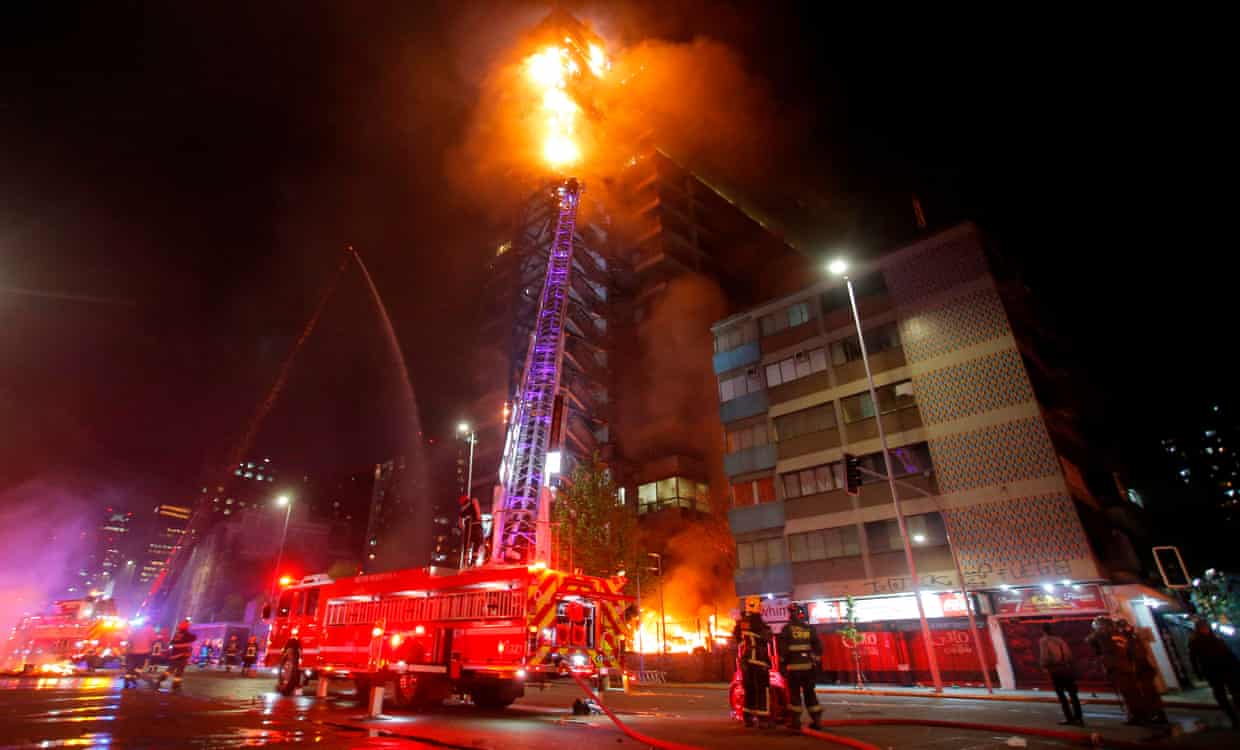
In regards to how this problem is covered in a Latin American context, both articles briefly mentioned Chile’s history of military rule under Pinochet, but neither goes into great detail on the origins of the inequality issue. Both seem to just be reporting of riots that happen to be going on in a Latin American country.
These articles clearly relate to what we are currently studying in class as it relates to Chile and ongoing problems in the country that relate to the Chilean Revolution under Pinochet. One of the main issues being raised in these protests is inequality, which according to the Becker reading on Pinochet’s rule, can be traced back to those times. Similarly to how Chile is seen as a wealthy, but unequal country today, Becker says as a consequence of Pinochet’s economic policies, “The rich became richer and the poor poorer, leading to one of the most inequitable economies in the world” (Becker, 152). It is likely that the inequality created by Pinochet’s economic policies continue to exist even almost 30 years after Chile’s return to democracy.
Works Cited:
Bartlett, John. “Chile Protests: State of Emergency Declared in Santiago as Violence Escalates.” The Guardian. Guardian News and Media, 19 Oct. 2019. Web. 20 Oct. 2019.
Sherwood, Dave, and Aislinn Laing. “Chile President Pinera Declares Emergency as Capital Rocked by Riots.” Reuters. Thomson Reuters, 19 Oct. 2019. Web. 20 Oct. 2019.
“Chile’s President Declares State of Emergency after Riots over Metro Fare.” France 24. N.p., 19 Oct. 2019. Web. 20 Oct. 2019.
Becker, Marc. Twentieth-Century Latin American Revolutions. Lanham, MD: Rowman & Littlefield, 2017. Print.


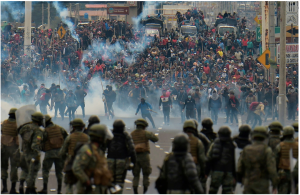





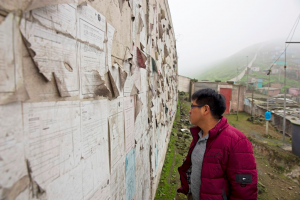
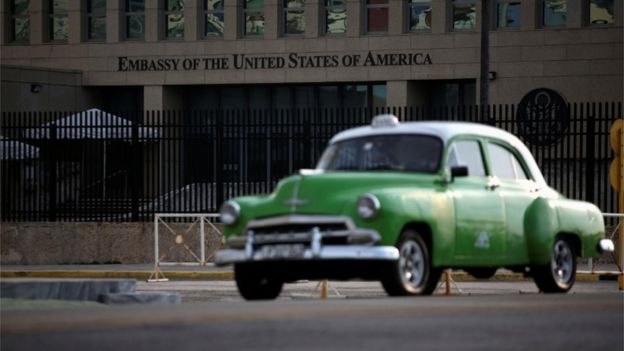
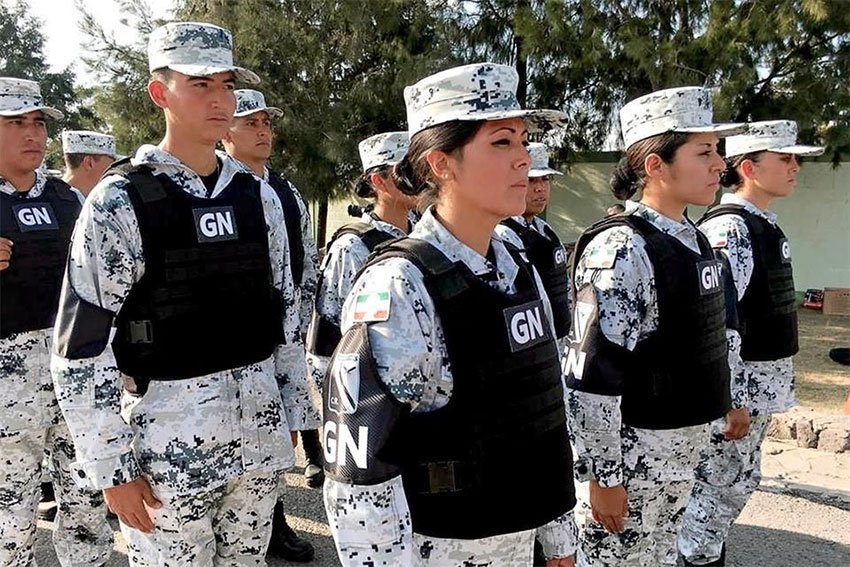
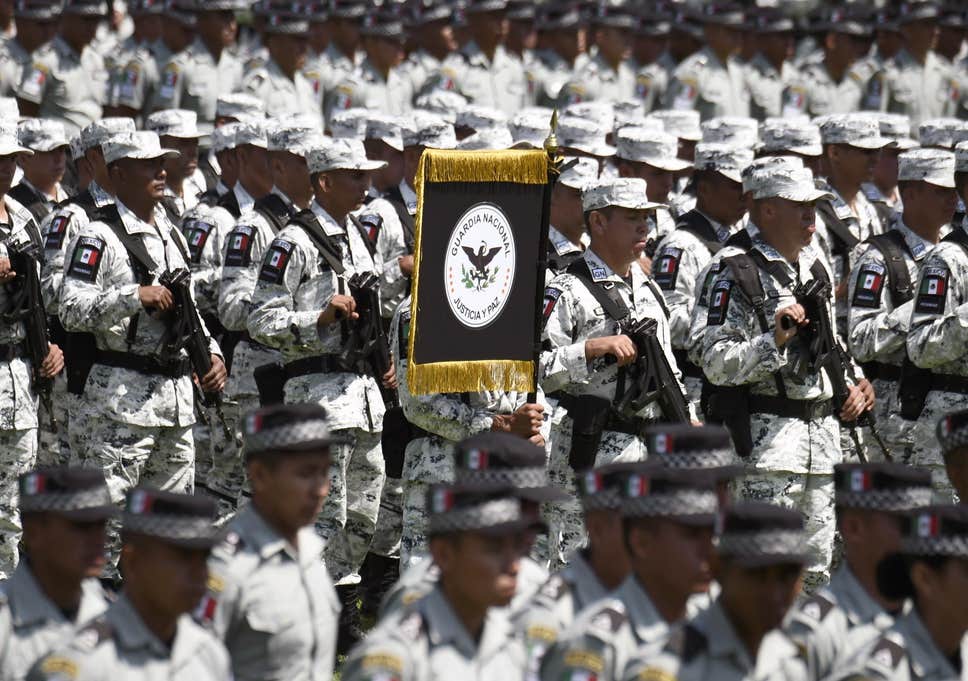
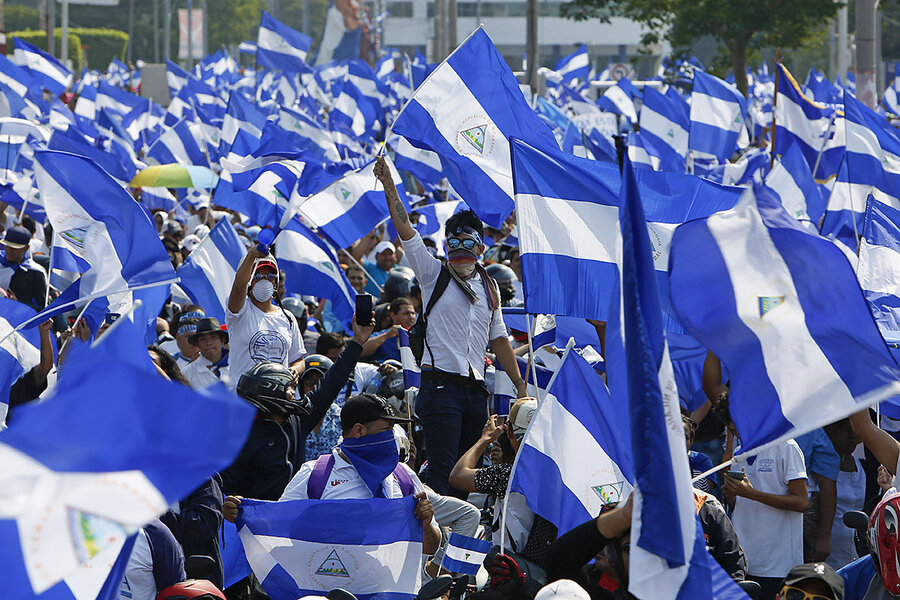
 Argentian corn field last harvest season. Photo by Augustin Marcarian
Argentian corn field last harvest season. Photo by Augustin Marcarian